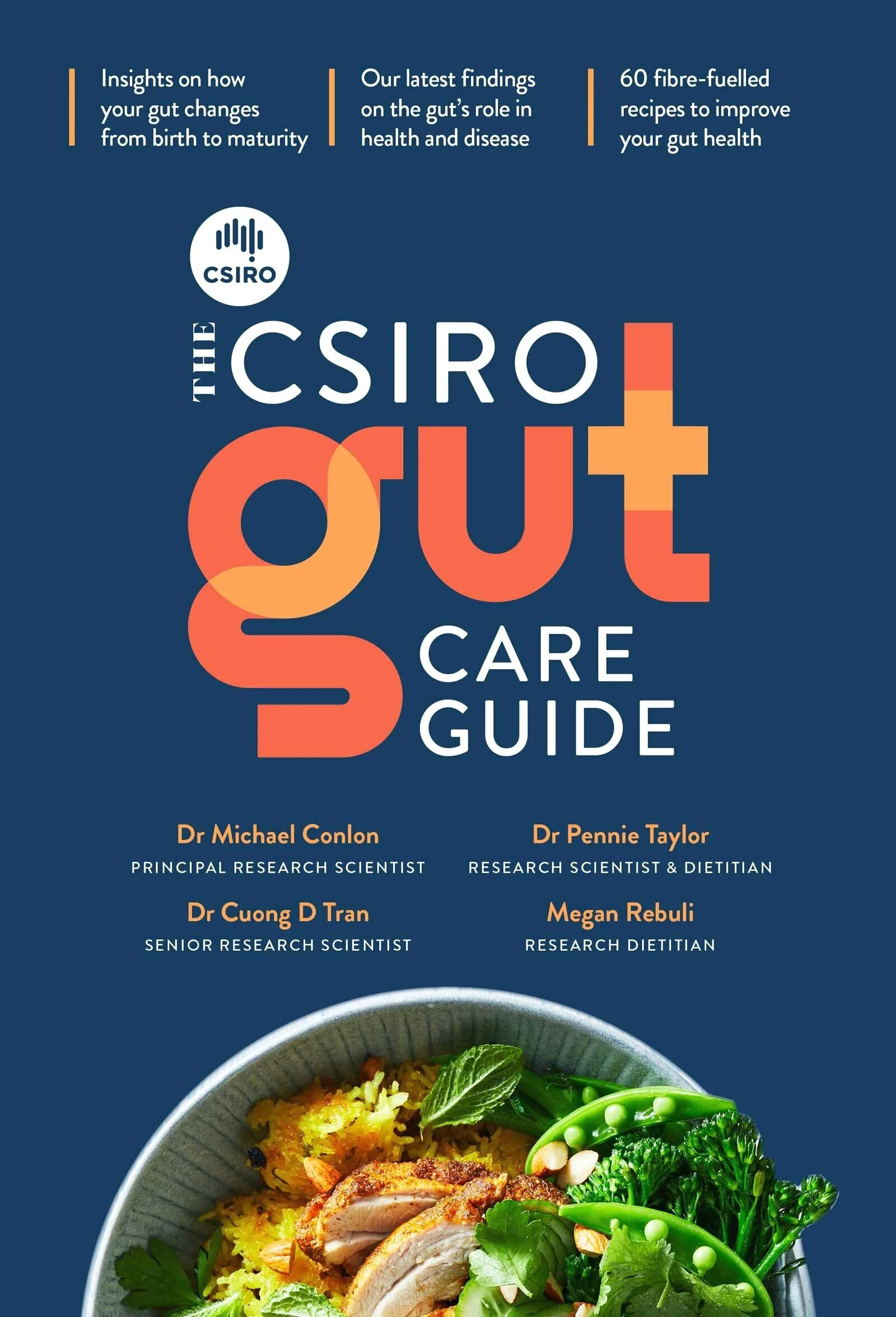How Your Gut Health Affects Your Body
The activities of the gut, especially the activities and products of gut microbes, can potentially influence the tissues of the rest of the body (and in some instances, vice versa). The means by which different organs and tissues are connected to the gut are often not clearly understood, but the transfer of nutrients, toxins, inflammatory substances or hormones via the circulatory system (both vascular and lymphatic) are the likely mechanisms. Signalling via the nervous system, or the movement of immune cells between the tissues, may also facilitate connections.
The gut–brain axis
The gut and the brain constantly interact, with signals being sent in both directions, via nerves and hormones. These signals enable actions and communications about the digestion process, substances present in the gut, and whether our energy stores are running low. There is mounting evidence that products of the many microbes in the gut can reach or influence the brain, and even affect our mood and anxiety levels.
The gut–liver axis
Blood is delivered to the liver from the gastrointestinal tract via the hepatic portal vein; the liver then metabolises or detoxifies the substances it receives, making them safe and usable for the tissues of the body. This includes absorbed nutrients from food, as well as the products of microbes. The foods we eat, our gut microbes and our gut physiology all play a significant part in maintaining liver health and preventing conditions such as non-alcoholic fatty liver disease, steatohepatitis and cholestatic liver disease.
In obesity, the gut microbiome is altered, and gut-barrier function is compromised. Disruption of the mucosal barrier results in the release of microbial products that contribute to liver disease by inducing inflammation of the liver. Non-alcoholic fatty liver disease, a condition in which fat is deposited in the liver, is associated with obesity, metabolic syndrome and type 2 diabetes. It is also associated with increased gut permeability due to changes in the microbiome. This, along with the toxic metabolites released by non-beneficial microorganisms, likely plays a role in producing a chronic, low-grade inflammatory state that contributes to the development of obesity and its associated metabolic diseases.
If left unchecked, non-alcoholic fatty liver disease can progress to non-alcoholic steatohepatitis, which can lead to liver cirrhosis through inflammation and scarring. Cirrhosis is an extreme end stage of chronic liver disease and is likely compounded by disturbed gut functioning.
The gut–skin axis
Our skin and the lining of the gut have some similarities in that they are epithelial tissues, which serve as barriers preventing unwanted organisms and substances entering our body. But their connections go beyond that. Conditions such as inflammatory bowel disease can sometimes be accompanied by skin lesions, and there is growing evidence that disturbed gut microbe populations and/or a leaky gut could contribute to skin conditions such as dermatitis, psoriasis and acne.
The gut and immune health
We know that a healthy gut microbiome helps ferment dietary fibres, leading to the production of beneficial substances, including some that promote a robust immune system. Certain components of the human microbiome, such as lipopolysaccharides from bacterial cell walls, can trigger inflammatory responses, whereas some microbial products have anti-inflammatory responses. Impaired gut-barrier function is associated with an immune response triggered by opportunistic pathogens, which act directly on the epithelial cells, or penetrate the intestinal mucosa. This, in turn, activates the release of inflammatory cytokines, leading to inflammation in affected tissues. In a vicious circle, these cytokines also further disrupt gut-barrier function, leading to greater intestinal permeability.
The gut and pancreatic health
The pancreas is a major organ that is fundamental to metabolic health. It has two major functions: it produces key enzymes for the digestive system, including peptidases to break down proteins, lipases to digest fats and amylases for carbohydrates, and it also produces hormones such as insulin and glucagon. Increased gut permeability can disrupt the normal functioning of the pancreas. There is evidence that this happens when bacteria leak from the gut to the pancreas, causing inflammation in the tissues of the pancreas. Excessive alcohol intake can also increase gut permeability and may trigger inflammation of the pancreas.
Maintaining good gut health can help prevent disease
A diet featuring a variety of healthy foods that contain adequate dietary fibre will help support your beneficial gut bacteria, as well as your digestive health and general wellbeing.
Foods that are high in added sugar or highly processed are best avoided, as they may contribute to intestinal inflammation.
Along with good nutrition, treatments that populate the microbiome with beneficial gut bacteria may help improve the functioning of the gut and alleviate inflammatory conditions related to poor gut health.
Extract from The CSIRO Gut Care Guide by Michael Conlon, Pennie Taylor, Dr Cuong D Tran and Megan Rebuli, Published by Macmillan Australia, RRP $39.99, Photography by Rob Palmer.


